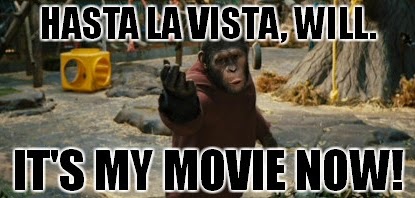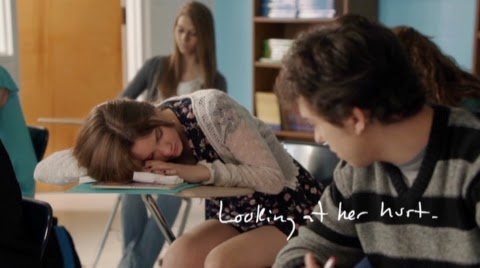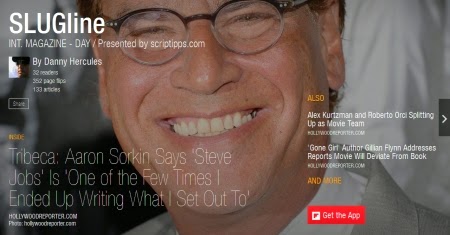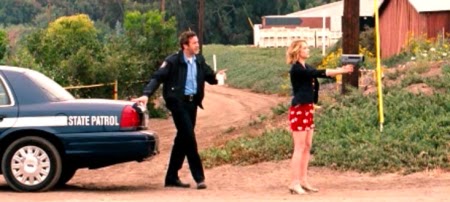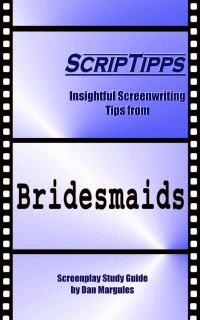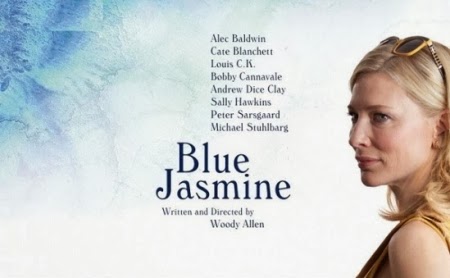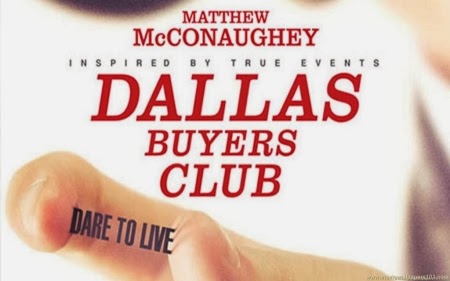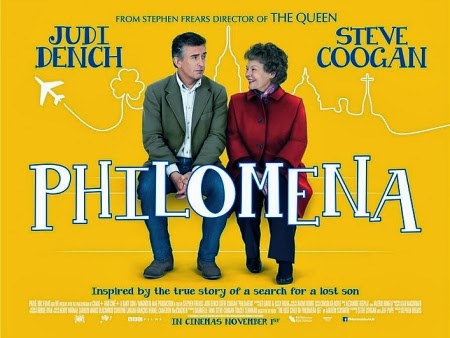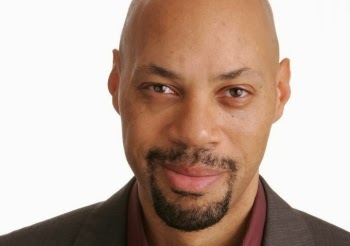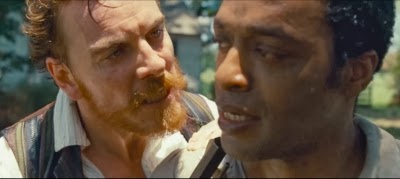A fact sheet at a glance for handicapping the race.
Learn about all of this year’s Oscar-nominated screenplays and screenwriters in our ten-part series. Click on the titles or pictures to go to the script’s in-depth profile. (Most include links to download the screenplay for free.)
BEST ORIGINAL SCREENPLAY
AMERICAN HUSTLE
Screenwriters: David O. Russell (also director), Eric Warren Singer
Total nominations: 10 (tied for first place), including Best Picture, Director, and all four acting categories
* Russell’s 5th nomination, second for writing; Singer’s first nomination
* Rusell’s 3rd consecutive film to be nominated for Best Picture, Director, and Screenplay
* Singer’s previous credits:
The International
* Script’s original title:
American Bullshit
* Script was on the 2010 Black List
* Highest grossing of all nominated screenplays
Other accolades: BAFTA (Original Screenplay), Golden Globes (Best Picture Comedy), SAG (Cast)
BLUE JASMINE
Screenwriter: Woody Allen (also director)
Modernization of: A Streetcar Named Desire
Total nominations: 3, including Best Actress and Best Supporting Actress
* Allen’s 24th nomination, 16th for writing
Previous wins:
Annie Hall (1978), Best Director and Best Original Screenplay
Hannah and Her Sisters (1987), Best Original Screenplay
Midnight in Paris (2012), Best Original Screenplay
Likelihood of winning: Same as Roman Polanski presenting
DALLAS BUYERS CLUB
Screenwriters: Craig Borten, Melisa Wallack
* Based on a true story
Total nominations: 6, including Best Picture, Best Actor, and Best Supporting Actor
* Borten’s first screenplay written, first screenplay sold, and first produced credit
* Wallack’s first screenplay sold, previous credits include
Mirror Mirror
In development: 20 years
HER
Screenwriter: Spike Jonze
Total nominations: 5, including Best Picture
Other script accolades: Golden Globes, Critics’ Choice, WGA, and more
* Jonze’s fourth feature film, his first solo feature writing credit
Jonze’s other work:
* Nominated for co-writing the song, “The Moon Song”
* Acted in Best Picture nominee
The Wolf of Wall Street
* Produced Best Makeup nominee
Jackass Presents: Bad Grandpa
* Previously nominated for directing
Being John Malkovich
* His first two films were nominated for Best Screenplay, both by Charlie Kaufman
* Previously married to Best Original Screenplay winner Sofia Coppola
NEBRASKA
Screenwriter: Bob Nelson
Total nominations: 6, including Best Picture, Director, Actor, Supporting Actress
* First Alexander Payne film not written by Payne
* Fourth of Payne’s last five films nominated for Best Screenplay (his last two won)
* Nelson’s first screenplay
In development: 10 years
* Lowest grossing of all original screenplay nominees
PROJECTED WINNER: Her
Most likely to pull an upset: American Hustle
BEST ADAPTED SCREENPLAY
BEFORE MIDNIGHT
Screenwriters: Richard Linklater (also director), Ethan Hawke (also star), Julie Delpy (also star)
Adapted from: characters from
Before Sunrise by Linklater and Kim Krizan
Total nominations: 1
* Linklater’s and Delpy’s second nomination, Hawke’s third
* All three previously nominated for writing
Before Sunset
* Hawke also nominated for Best Supporting Actor for
Training Day
* Only nominee in category not based on a true story
* Only nominee in category not adapted from a book
* Lowest grossing of all nominated screenplays
Last screenplay nominated that was the third part of a trilogy: Toy Story 3
CAPTAIN PHILLIPS
Screenwriter: Billy Ray
Adapted from: memoir by Richard Phillips with Stephen Talty
Total nominations: 6, including Best Picture and Supporting Actor
Other accolades: WGA Award for Best Adapted Screenplay
* Ray’s first Oscar nomination
Ray’s previous credits: The Hunger Games
Ray’s previous writer-director credits: Shattered Glass,
Breach
PHILOMENA
Screenwriters: Steve Coogan (also star and producer), Jeff Pope
Adapted from: non-fiction book by Martin Sixsmith
Total nominations: 4, including Best Picture and Best Actress
Other script accolades: BAFTA (Adapted Screenplay)
* 5th Stephen Frears film nominated for its screenplay (
Dangerous Liaisons won)
* Coogan’s 1st feature screenplay
* Coogan’s 1st and 2nd nominations (Best Picture, Best Screenplay)
* Pope’s 1st nomination
12 YEARS A SLAVE
Screenwriter: John Ridley
Adapted from: memoir by Solomon Northrup with David Wilson
Total nominations: 9, including Best Picture, Director, Actor, Supporting Actor, Supporting Actress
Other accolades: Golden Globe (Best Picture Drama), BAFTA (Best
Picture), Critics’ Choice (Best Picture, Adapted Screenplay), Producers
Guild (Best Picture, tied with Gravity)
WGA award: disqualified, Ridley left guild during 2007 strike
*Ridley’s 1st nomination
Ridley’s previous credits: U-Turn,
Undercover Brother,
Red Tails
THE WOLF OF WALL STREET
Screenwriter: Terence Winter
Adapted from: memoir by Jordan Belfort
Total nominations: 5, including Best Picture, Director, Actor, Supporting Actor
* Winter’s 1st nomination
* Winter is married to Best Picture nominee Rachel Winter (Dallas Buyers Club)
Winter’s other work: The Sopranos (writer/producer),
Boardwalk Empire (creator)
Number of Scorsese films nominated for Best Screenplay: 8
Number of Scorsese films to win Best Screenplay: 1 (
The Departed)
* Highest grossing of all adapted screenplay nominees
PROJECTED WINNER: 12 Years a Slave
Days Left to Vote in the Inaugural ScripTipps Screenplay Awards: 1 (today)




